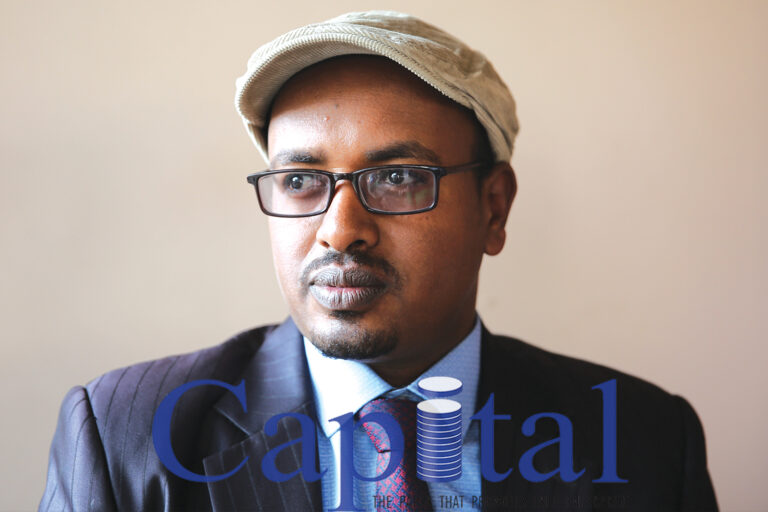“The flow of ideas and concepts that we exchange when in a relationship has a direct impact on our mental state and well-being.” Artist Selome Muleta
Art therapy is certainly not new to Ethiopia with several NGO’s offering this treatment from orphans and elders. Sitota Center for Mental Health Care in Addis Abeba established in 2010 explains that, “Art therapists are trained in both therapy and art, and have studied and mastered both psychology and human development, having received a Master’s Degree. There are various requirements for becoming an art therapist as well as certifications which means they are masters when it comes to using art as a springboard for everything from a general assessment of another person’s state to treatment for aiding serious illness. Art therapists can work with people of all ages, sex, creed, et al..” Joining the trend, providing hope for those suffering with mental illness, is the opening of the third Ethiopian mental health rehabilitation centre , located at Debre Tabor Medical College in Amhara Regional State. Constructionreviewonline.com’s Dominic Mandela writes, “The US $1.4m facility is a four -storey building which rests on 1,323 square meters of land inside the premises of Debre Tabor Medical College.” The facility features several rooms that will be used for mental health rehabilitation through sports and art classes that will help engage and heal patients on their road to recovery. Who knows, some patients may even be motivated to explore newly found talent permanently.
Also on the horizon is “IN RELATIONSHIP”, a solo art exhibition by Selome Muleta at the Allaince Ethio-Francaise, free and open to the public. According to Selome, “The flow of ideas and concepts that we exchange when in a relationship has a direct impact on our mental state and well-being. The build-up of these shared experiences throughout our life shapes who we become, how we interact with people and our overall understanding of life.” The colorful works of Selome are testament to not only technical skill sets but her level of confidence and freedom that cannot be denied. There is a naïve touch to her work that actually adds a unique and fresh value to this collection. And she is not concerned with how she will be viewed, instead just wants the space to be seen and to express her observations and experience. Her color palate is interesting deep, sultry colors and shades of black give contrast whether in her small A4 size works or more 2mx2m pieces. Alliance Director Charles Merer says, “The show is amazing and everyone should see this incredible artist.” The 1992 Ziway born artist attended Abyssinia Fine Arts School for 1 year majoring in Painting and completed her studies in Fine Arts Studies at Entoto Technical and Vocational school after 2 years of study. A rising star in the art scene she has already had several solo exhibitions at Guramayne Art Center in June, 2018, Fendika Art Gallery in June 2019, and a group exhibition at Alliance Ethio-Française in Feb 2019. Selome has also earned a residency in Pescara, Italy November 2019.
Finally in Boston, Massachusetts, Ethiopian artist Hana Yilma Godine opened her solo exhibition entitled “Spaces Within Space”. Her academic record reads well including the Casa Da Zhventude de Ourence Spain; the Abyssinia School of Fine Art and Design, Addis Ababa, Ethiopia; the Ale School of Fine Art and Design, Addis Ababa, Ethiopia, Columbus State Community College and Boston University where she received her Master’s of Fine Art. Hana reveals, “I experienced different cultures and languages while I was in Addis Ababa…then I got the chance for a student exchange program to go to Spain. That was a huge shift for me, observing another way of living, and then coming to the United States… having all these different ways of living, different ways of thinking kind of gave me a way to create different layers. I’m fascinated with the unexpected that is found in my surroundings. The unexpected stimulates my curiosity and fuels my interest as an artist, helping me to represent ideas of forms, patterns and symbols. I find such investigative approaches help me to generate new combinations of formal expression in my work.” Pamela Reynolds of The Artery writes, “Her paintings reflect an array of globalized influences ranging from French post-impressionist painter Paul Cézanne to Romanian painter Nicolae Grigorescu to Tadesse Mesfin, an Ethiopian painter who was one of Godine’s professors. A stint teaching drawing at the Ethiopian Institute of Architecture at Addis Ababa University may have also influenced the architectural feel of some of her paintings. She uses oil, acrylic paint, charcoal, gesso, Ethiopian fabric and old magazines to create a transparent layering suggestive of the passage of time.” Art and Ethiopia go hand in hand and whether at home or abroad Ethiopia women artists are making their mark.
Dr. Desta Meghoo is a Jamaican born
Creative Consultant, Curator and cultural promoter based in Ethiopia since 2005. She also serves as Liaison to the AU for the Ghana based, Diaspora African Forum.




